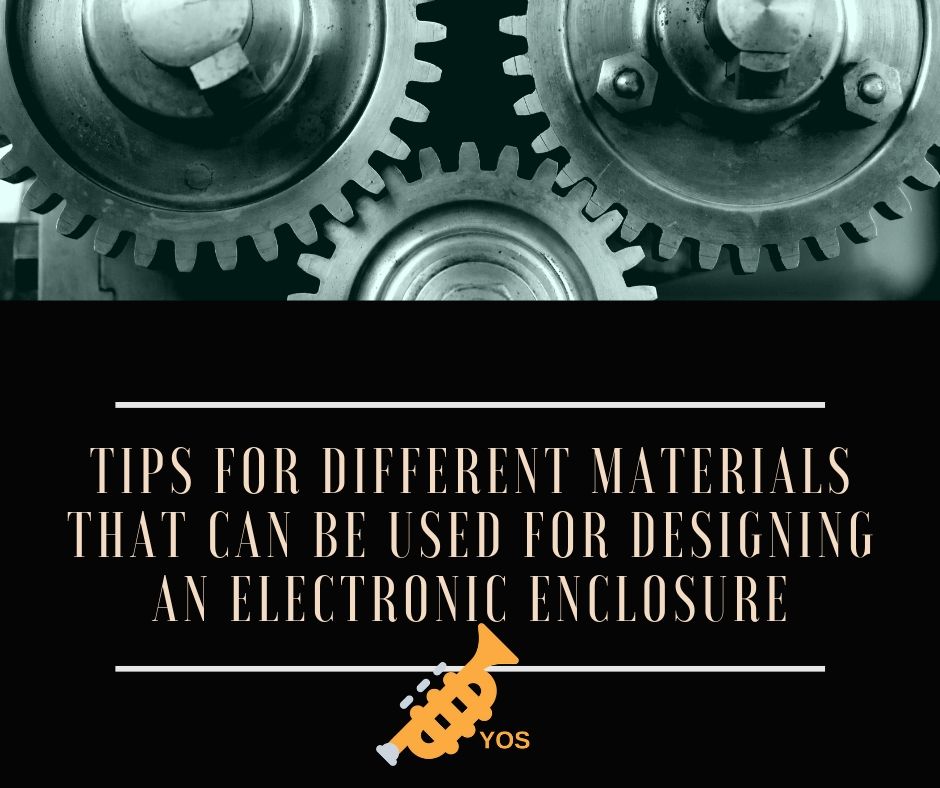
In designing the best electrical enclosure that will show your companies’ requirements depending on the application can be quite challenging most of the times. Design engineers would have to consider a lot of elements and factors. In this article, we will give you tips on what material should engineers use for an electronic enclosure that depends on different applications.
The initial step in coming up with a design for the enclosure, one must choose which type of enclosure material should be used in making the enclosure. Several factors are considered especially the unique characteristic of the material that will be used. The usual metals that are used for enclosures are: aluminum, stainless steel, carbon steel and copper. The succeeding paragraphs will briefly explain the unique features of each and in which type of application they are most suitable to use.
With this in mind, Aluminum is a lightweight metal that also gives corrosion-resistant metal properties. This is perfect for enclosures with sheet metal parts. Aluminum metal can also be powder coated or it can be as it is without any finishing protecting it (this depends on the application.) However, if a company requires to have it finished, electro-chemical finishing is needed (anodizing) and it should be chromate coated filmed. However, in anodixing process, this puts hard durable protective oxide around the metal which prevents corrosion.
Cold rolled steel metal can also be used for some of the general purposes for enclosures and other sheet metal parts. This is also commonly used as aluminum. It can also give a very good combination of cost-efficiency and durability. It can also offer long-term durability in certain applications where enclosure will be installed indoor together with powder coat.
With this in mind, stainless steel has a very high strength and durability of the material because of the cold rolled steel. However, the corrosion resistant is given by chromium and nickel. Stainless steel can be finished by powder coating or it can be left unpainted and it can still give corrosion-resistant protection. This is because of its smooth finish that does not retail moisture.
Another metal that can be used is Galvanneal. It is composed of low-carbon steel that is zinc coated. It is also annealed enabling zinc to bond via diffusion into the substrate. This process prevents metal flaking. The finishing can make the metal more durable compared to the cold-rolled steel especially when it is exposed in wet environments. However, its durability is not comparable to steel or aluminum. The final metal that can be used for enclosure is copper. Unlike its other metal counterparts, it is soft and flexible. It is a very ductile metal with a very good thermal and electricity conductivity. This one is the most commonly used metals utilized for making bus bars. From time to time, companies request for this type of enclosure.
